Research Article Open Access
Incidence of Zeequn- Nafas Shoabi (Bronchial Asthma) in Individuals of Different Temperaments
| Jamal Akhtar1, Abid Ali Ansari2*, Nazema Farhin3 and Rasheed HMA4 | |
| 1Lecturer, Department of Kulliyat, Hakeem Abdul Hameed Unani Medical College, Eidgah road, Dewas (MP), India | |
| 2Professor & Head Department of Kulliyat, HMS, Unani medical College, Sadashivnagar, Tumkur, Karnataka, India | |
| 3Department of Kulliyat, Govt. Nizamia Tibbi College, Hyderabad-(AP), India | |
| 4Professor & Head Department of Kulliyat, Govt. Nizamia Tibbi College, Hyderabad (AP), India | |
| Corresponding Author : | Abid Ali Ansari Professor & Head Department of Kulliyat HMS, Unani medical College Sadashivnagar, Tumkur, Karnataka, India Tel: 08088122328, 08277358327 E-mail: abid_ali1996@yahoo.in |
| Received February 28, 2014; Accepted March 27, 2014; Published March 29, 2014 | |
| Citation: Akhtar J, Ansari AA, Farhin N, Rasheed HMA (2014) Incidence of Zeequn- Nafas Shoabi (Bronchial Asthma) in Individuals of Different Temperaments. J Homeop Ayurv Med 3:147. doi: 10.4172/2167-1206.1000147 | |
| Copyright: © 2014 Akhtar J, et al. This is an open-access article distributed under the terms of the Creative Commons Attribution License, which permits unrestricted use, distribution, and reproduction in any medium, provided the original author and source are credited. | |
Visit for more related articles at Journal of Traditional Medicine & Clinical Naturopathy
Abstract
Aims and objectives: To know the incidence of Zeequn Nafas (Bronchial Asthma) in the patients of different
temperaments at Govt. Nizamia General Hospital and College, Charminar, Hyderabad, Andhra Pradesh.
Methodology: Ninety (90) individuals of both the sexes were included in the study between the ages of 20 to 60 years. The duration of the study was 4 months. The eligible individuals were selected randomly on the basis of clinical symptoms, examinations and who were taking bronchodilator drugs. Then their temperaments were assessed by the pre-structured proforma based on Ajnas-e-Ashra. To assess the amount of fat in the body “Slim Guide Skin fold caliper” was used to measure the skin fold thickness at biceps between the proximal end of radius bone and acromion process. To assess the amount of muscle (Lahm), mid upper arm circumference is measured with tailors tape. Lastly on the basis of total score of Ajnas-e-Ashra (10 determinants), a particular Mizaj was assigned to the patient.
Results: The study revealed that 40% have Balghami (Phlegmatic) temperament, 34% have Damvi temperament (Sanguineous) temperament followed by 15 % in Safravi (Choleric) and lowest in Saudavi (Melancholic) individuals respectively.
Conclusion: On the basis of above results it can be concluded that this disease is more common in Balghami Mizaj persons Females are found to be more prone to develop this disease.
| Keywords |
| Zeequn Nafas; Bronchial Asthma; Mizaj; Balghami (Phlegmatic); Mid upper arm circumference (MUAC); Prevalence |
| Introduction |
| Asthma is a common chronic inflammatory disease of the lungs, which shows the symptoms of cough, wheeze, chest tightness and shortness of breath. The number of people with asthma continues to grow. Current estimates suggest that 300 million people worldwide suffer from Bronchial Asthma and in addition 100 million may be diagnosed with Bronchial Asthma by 2025. The strongest risk factors of asthma are allergens such as house dust, mites in bedding, pollens, smoking and chemical irritants etc. This disease may also triggers by cold air, extreme emotion, anger or fear and physical exercise. Delay in diagnosis avoidance triggers may lead to tightening of airway which can be a life threatening condition. Increase in prevalence of such diseases demand their early detection which not only controls the disease but also prevents from other complications. Proper diet, safety measures and change of environment is essential in terms of their benefits which is better than medication [1-3]. |
| This disease is very well recognized since ancient times in Unani system of medicine. Various ancient Unani Scholars and Physicians have use different Arabic terms like Rabu (short inspiration and prolonged expiration) [4], Buhar, Damma, Intesab Nafas and Zeequn Nafas under the caption of bronchial asthma. They also described the etiopathological factors, clinical features, types, and various complications of bronchial asthma that are presented in detail in their concerning treatises [5-8]. |
| As per Unani theory, Mizaj (Temperament) is an important pillar and plays a major role whether it is a temperament of any person, drug, or season. Diagnosis and treatment of disease mainly depends on the concept of temperament. Every person from birth is endowed with a unique Mizaj (temperament) which represents his healthy state. Health and fitness stays as long as the temperament is in its balanced state and any alteration from normal indicates the disease. Environmental factors (Asbabe Sitta Zaruriya and Asbabe Ghair Zaruriya) are mainly responsible for change in normal Mizaj (temperament) and occurrence of the disease. Controlling these external factors and maintaining the normal Mizaj of a person is an important step in treating the disease in Unani theory. The predisposition towards a disease mainly depends on the Mizaj (temperament) such that the incidence of a particular disease will be more in a particular temperament when compared to different temperaments in different phases of their lives. Therefore, the present study was planned with an objective to know the incidence of Asthma (Zeequn Nafas) in the patients of different temperaments, So that, awareness of temperament and factors responsible for its alteration can be prevented and controlled to greater extent by providing specific preventive measures. |
| Keeping these points into consideration, this study was conducted in the patients attending Govt. Nizamia General Hospital and College, Charminar, Hyderabad, Andhra Pradesh. |
| Methodology |
| The study was conducted at our Door Patient section of Govt. Nizamia General Hospital and College, Charminar, Hyderabad, Andhra Pradesh during the period of Oct 2011 to Jan 2012. Ninety (90) individuals of both the sexes were included in the study between the ages of 20 to 60 years. The eligible individuals were selected randomly on the basis of clinical symptoms, examinations and who were taking Bronchodilator drugs such Asthalin, Theoasthalin or Inhaler. Then their temperaments were assessed by the pre-structured Proforma based on Ajnas-e-Ashra. |
| In addition, two arbitrary parameters were devised to assess the Mizaj; to assess the amount of fat in the body “Slim Guide Skin fold caliper” is used to measure the skin fold thickness at biceps between the proximal end of radius bone and acromion process. Findings obtained by the instrument were calculated and presented in a mean and standard deviation (SD). To assess the amount of Muscle (Lahm), mid upper arm circumference is measured with tailors tape and presented as mean and Standard deviation (SD) (Figure 1). Lastly on the basis of total score of Ajnas-e-Ashra (10 determinants) (Table 1), a particular Mizaj was assigned to the patient. |
| Result and Discussion |
| According to Unani concept everything in this universe has their own specific mizaj (temperament). Every individual has specific temperament even drug and disease have their own specific temperament. According to Unani System of Medicine the management of any disease depends upon the diagnosis of disease. In diagnosis sign, symptom, laboratory findings and mizaj play an important role. So the temperament determination is very important in Unani System of Medicine for characterizing a person normal state, as well as the nature of disease. |
| A maximum number of 40 (44.44%) patients were found Balghami Mizaj followed by Damvi 34 (37.77%), Safravi 15 (16.66%) & Saudavi Mizaj 1 (1.11%) respectively (Figure 2 and Table 2). The result clearly indicated that maximum number of the asthmatic patients was Balghami mizaj and Unani philosophers also indicated that Balghami mizaj patients are at greater risk of Zeequn Nafas. Due to the scarcity of previous study in this direction, concurrent inference cannot be drawn but present study shows that Balghami Mizaj individuals are more prone to develop Zeequn Nafas (asthma). Distributions of Male and Female individuals according to temperament were also noticed (Figure 3 and Table 3). In the present study number of Balghami mizaj more in Females than Males. Females are more Balghami than Males due to sedentary life and indoor resters. Hence in the present study incidence of Zeequn Nafas were maximum in Females as American Lung Association “Trends in Asthma Morbidity and Mortality” Epidemiology and Statics Unit Research and Program Services Division, July 2011, indicated that the asthma is more common in Females [8]. Distribution of individuals according to Mid Upper arm circumference (MUAC) and temperament in Mean and Standard deviation is shown in Figure 4 and Table 4, which shows that maximum mean of Mid upper arm circumference is found in Balghami Mizaj individuals of both the gender i.e., Males (29.5 ± 2.9 cm) and Females (28.8 ± 3.5 cm) followed by Damvi and Safravi Mizaj individuals. This clearly indicated that the patients of Zeequn Nafas are more in overweight or obese. Overweight or obesity comes due to deposition of Balghami matter in the body which is greater risk to develop Asthma. Balgham are deposited in the body more easily due to sedentary life. There is no previous study in this regard. But in Unani literature Samne Mufrat (Obese) individuals are at greater risk to develop Balghami Amraz (Diseases). Skin fold thickness are also suggestive of overweight and obesity, obesity are significantly related to asthma as indicated in Anne E. Dixon, et al. a study published in An Official American Thoracic Society Workshop Report: Obesity and Asthma [9]. In the present study skin fold thickness are found maximum in Balghami Mizaj of both sexes as indicated in Figure 5 and Table 5. survey are also required for temperamental assessment to provide primary prevention. |
| Acknowledgements |
| Authors are deeply indebted to Dr. Arifuddin, Principal, Government Nizamia Tibbi College, Charminar, Hyderabad for providing necessary facilities for this study. Authors are also highly thankful to Dr. H. M. A. Rasheed, HOD, P.G Department of Kulliyat Government Nizamia Tibbi College, Charminar, Hyderabad, for his supervision and kind co-operation during the study period. |
References
|
Tables and Figures at a glance
| Table 1 | Table 2 | Table 3 | Table 4 | Table 5 |
Figures at a glance
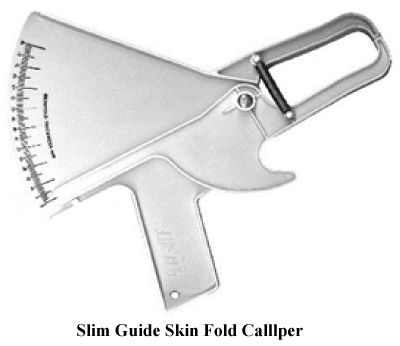 |
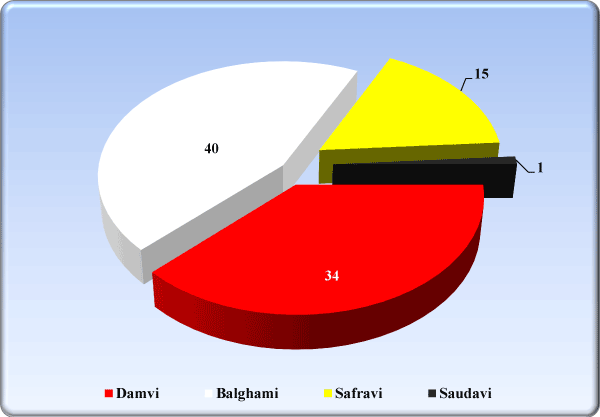 |
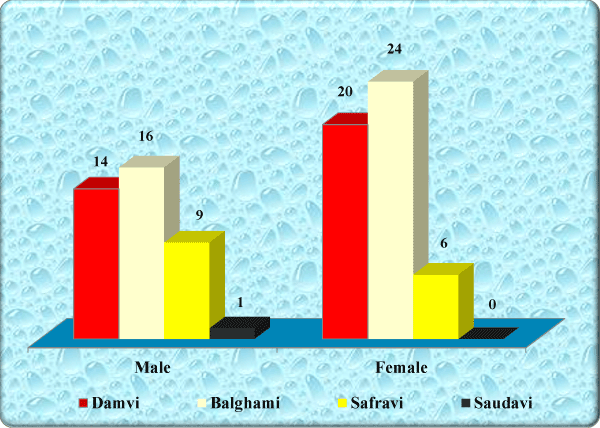 |
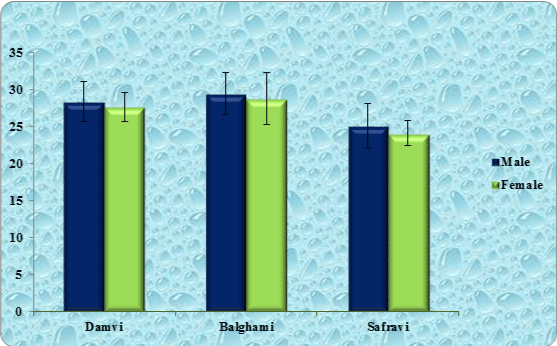 |
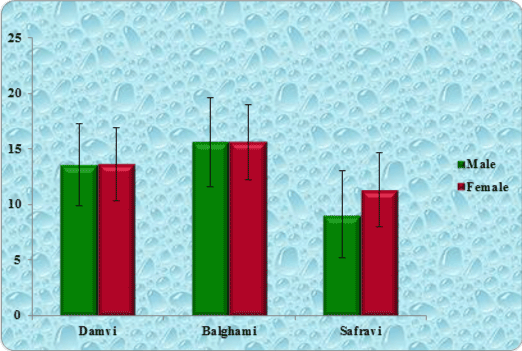 |
| Figure 1 | Figure 2 | Figure 3 | Figure 4 | Figure 5 |
Relevant Topics
- Acupuncture Therapy
- Advances in Naturopathic Treatment
- African Traditional Medicine
- Australian Traditional Medicine
- Chinese Acupuncture
- Chinese Medicine
- Clinical Naturopathic Medicine
- Clinical Naturopathy
- Herbal Medicines
- Holistic Cancer Treatment
- Holistic health
- Holistic Nutrition
- Homeopathic Medicine
- Homeopathic Remedies
- Japanese Traditional Medicine
- Korean Traditional Medicine
- Natural Remedies
- Naturopathic Medicine
- Naturopathic Practioner Communications
- Naturopathy
- Naturopathy Clinic Management
- Traditional Asian Medicine
- Traditional medicine
- Traditional Plant Medicine
- UK naturopathy
Recommended Journals
Article Tools
Article Usage
- Total views: 14226
- [From(publication date):
May-2014 - Jul 09, 2025] - Breakdown by view type
- HTML page views : 9635
- PDF downloads : 4591
